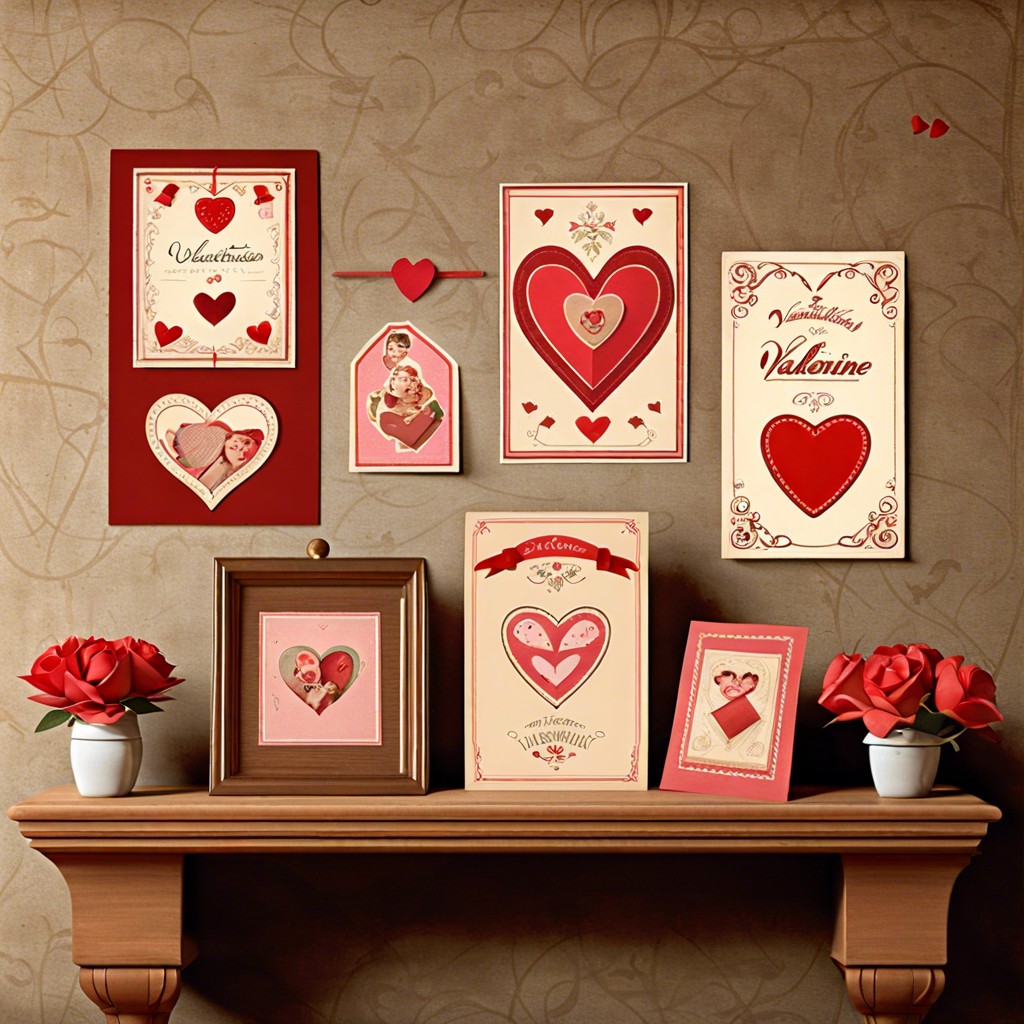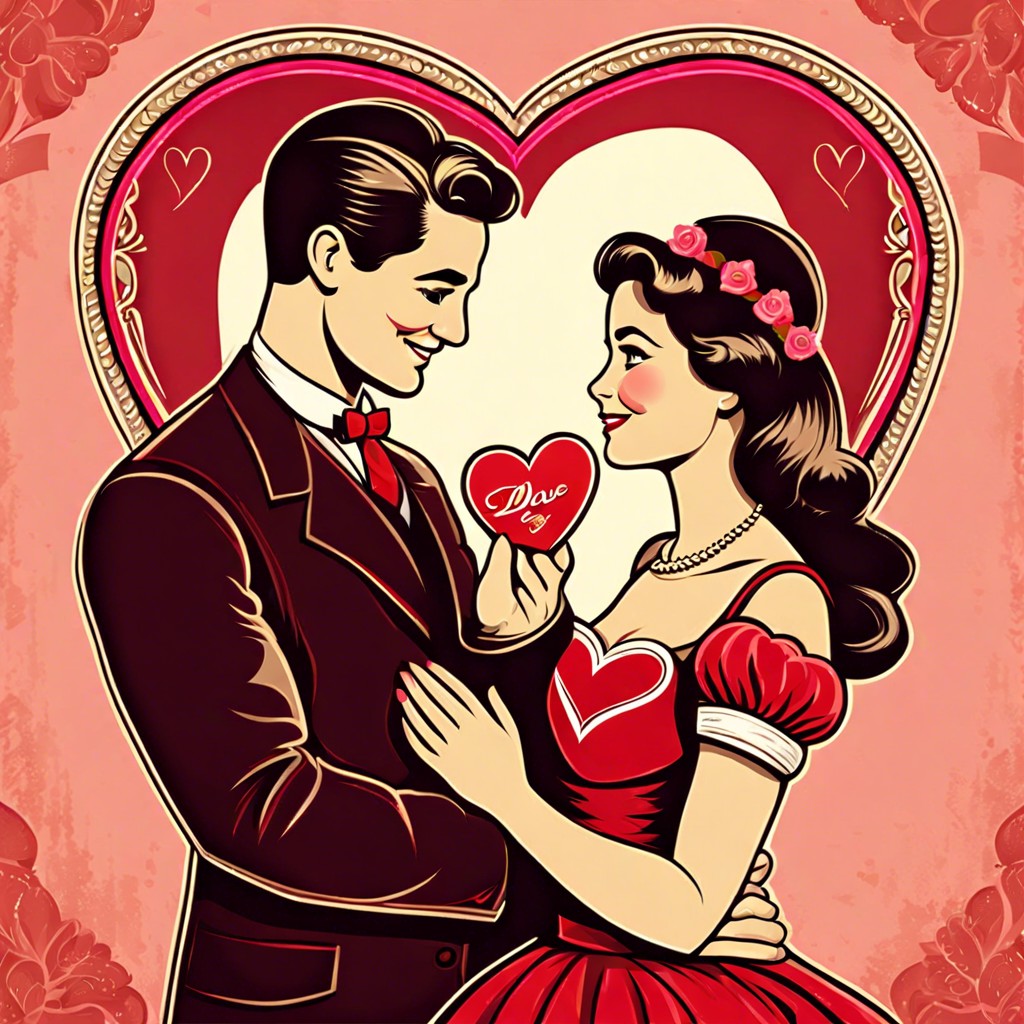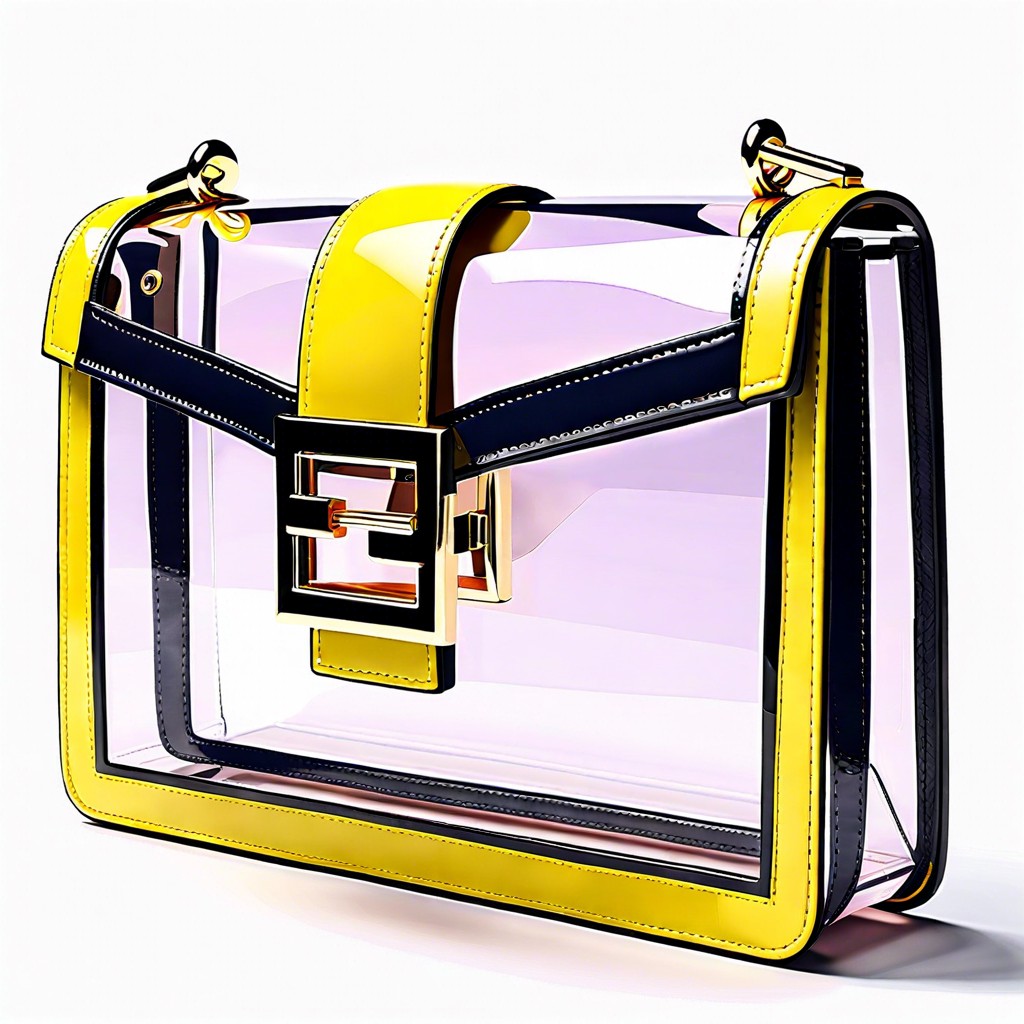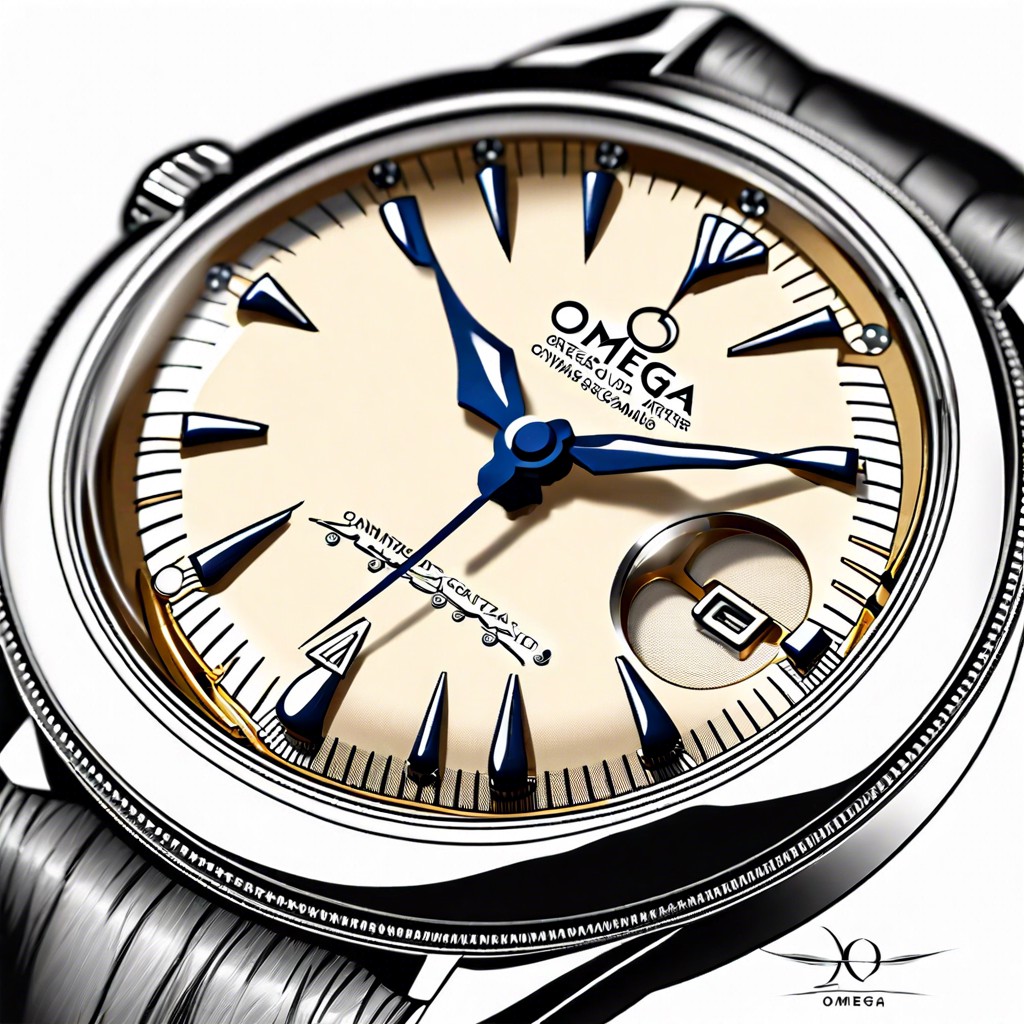Last updated on
Discover the allure of vintage valentines and learn how to select a timeless piece for your collection.
Key takeaways:
- Vintage Valentine cards evolved from handwritten notes to an industry.
- Vintage Valentine cards have distinctive materials, imagery, and sentiments.
- Collect vintage Valentines from antique shops and online auctions.
- Preserve vintage Valentines by storing them flat and using acid-free materials.
- The value of vintage Valentines depends on rarity, condition, and provenance.
Historical Evolution of Valentine’s Day Cards

Valentine’s Day cards trace their origins to the 18th century, starting as handwritten notes and evolving into an industry by the mid-19th century with the improvement of printing technology. Initially, these cards were simple sheets of paper, but as the tradition grew in popularity, they adopted intricate designs, including elaborate embossing and lace-like paper cut-outs.
The introduction of the penny post in the United Kingdom in 1840 significantly increased the exchange of Valentines, as it made sending cards affordable. In the United States, Esther Howland began mass-producing them in the 1840s, incorporating ribbons, lace, and colorful pictures called “scrap.” Her designs set the tone for American Valentine cards, leading to a proliferation of styles and themes.
By the 20th century, Valentine’s Day cards reflected a broad range of sentiments from romantic to humorous, with postcards becoming a popular, cost-effective option. The growth of comic and quirky “vinegar Valentines” also marked the era, often sent anonymously to convey a joke or a light-hearted insult.
Despite changes in style and technology, vintage Valentine cards remain a testament to the enduring tradition of expressing affection and friendship.
Characteristics of Vintage Valentine Cards

Vintage Valentine cards are a window into the aesthetic and cultural norms of bygone eras. They often showcase intricate designs and are characterized by several distinctive features:
- Materials: Earlier cards were crafted from lace paper and fine embossed papers imported from Europe, distinguishing them from their modern counterparts. Over time, the arrival of the postcard era in the early 20th century introduced simpler designs printed on cardboard.
- Imagery: Common motifs included hearts, flowers, love knots, Cupids, and birds, which symbolized love and affection. The use of these symbols has remained relatively consistent, although their styles reflect the artistic trends of the specific periods in which the cards were created.
- Sentiments: The phrasing on vintage cards ranged from poetic and elaborate to charming and whimsical. Penmanship was highly valued, and handwritten messages added a personal touch before the pre-printed verses became customary.
- Mechanical Cards: Some vintage Valentines featured moveable parts, known as mechanical Valentines, allowing a figure to move or change the image, often revealing a hidden message or illustration.
- Popularity and Trends: During the Victorian era, elaborate and multi-layered cards with lace and ribbon became popular. In contrast, the Art Nouveau and later the Art Deco movements inspired Valentines with distinct stylistic flourishes reflective of those times.
Understanding these characteristics helps in appreciating the uniqueness and artistry of vintage Valentine cards, reflecting the social and artistic sentiments of their respective times.
Collecting and Preserving Vintage Valentines

The allure of collecting vintage valentines lies in their historic charm and the stories they embody. Enthusiasts seek out these tokens of affection for their aesthetic and emotional values. To begin amassing your own collection, frequent antique shops, estate sales, and online auctions where such items might surface.
Once acquired, preserving these delicate pieces is crucial. Store valentines flat, away from direct sunlight, to prevent fading. Use acid-free materials for mounting or framing to safeguard against deterioration. Handling should be minimal, and clean, dry hands are essential to avoid transferring oils or dirt.
Document provenance and any historical details known about each valentine for future reference, enhancing both the sentimental and monetary worth. Regularly inspect your collection for signs of damage or degradation, being proactive in preserving its condition.
With proper care, a collection of vintage valentines can serve as a sentimental journey through the iconography and social customs of bygone eras. Each preserved piece contributes to the narrative of romantic heritage and the evolution of Valentine’s Day celebrations.
Determining the Value of Vintage Valentines

The value of vintage valentines hinges on several factors. Rarity tops the list, with cards that were produced in limited quantities or have unique attributes commanding higher prices. Condition is crucial; those in pristine state, with vibrant colors and without blemishes, are worth more. Historical significance, such as cards made during important periods or by notable companies like Hallmark or Gibson, also adds to the value.
Provenance can elevate a card’s worth, particularly when ownership or origin is traceable to a significant person or event in history. The intricacy of the design plays a role too; elaborate pop-ups or hand-crafted lace cards are highly valued by collectors. Sender and recipient history, especially if linked to known figures, can increase interest and value.
Keep in mind market trends. Popular themes or artists’ works may appreciate over time. To assess value accurately, consult with experts, reference books, online databases, and auction records. Collectors should be aware of fakes and reproductions, which often surface in the market, so it’s important to learn authentication methods or seek professional advice.
Reproduction and Authenticity

Distinguishing between original vintage valentines and reproductions is crucial for collectors. Careful examination of materials can reveal age; older cards may have foxing marks or a certain patina due to paper aging. Modern reproductions often use bright, white paper stock, while originals typically show a more muted, natural aging process.
Printing techniques are another giveaway. Earlier cards frequently employed lithography with a distinct look and feel, which differs from the digital printing methods used today. Hold the card up to the light; a uniform dot pattern indicates modern printing methods.
Additionally, handwriting and signatures can provide context. Authentic vintage cards might contain fountain pen ink, which has a specific sheen and impression on the paper, unlike modern ballpoint or marker inks.
Finally, familiarize yourself with the trends and styles of different eras. Reproductions often lack the nuanced design elements characteristic of the period they claim to represent. Knowledge of period-specific design details enhances one’s ability to discern genuine vintage valentines.




